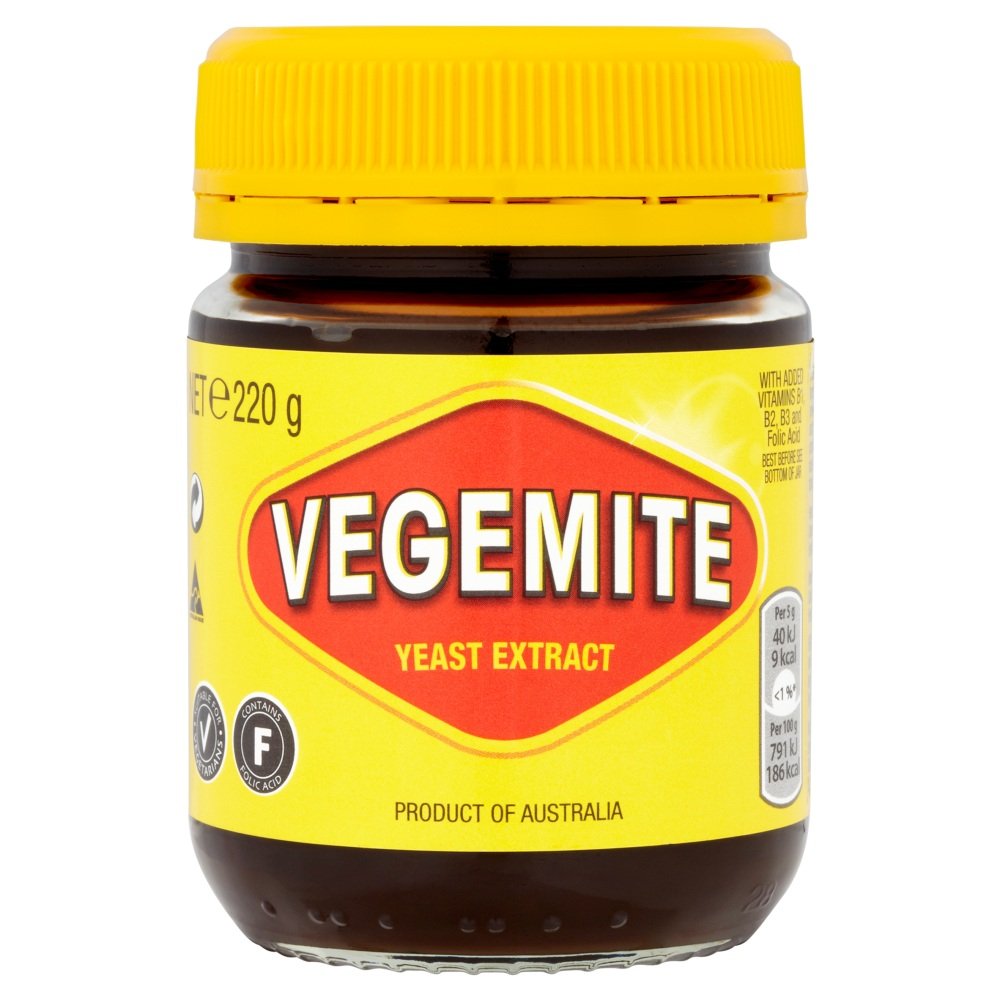

Also with the excalidraw plugin, hand drawing images and such is also possible.
It is not as good for flowcharts and diagrams since there are only like 5 non-specified font sizes, but also usable for notes


Also with the excalidraw plugin, hand drawing images and such is also possible.
It is not as good for flowcharts and diagrams since there are only like 5 non-specified font sizes, but also usable for notes


Money and time.
Tons of people build cool projects during their time in university, but the vast vast majority of people don’t because they are eating beans and rice and ramen and pizza and studying, not spending 500€-1000€ on iterative prototyping and the equipment to test everything.
Some drives are worse than others and higher capacities get worse and worse, in my experience, Seagate drives are extremely loud.
If you get helium drives (like wd red plus > 8TB i think),or 2nd hand hgst/ WD enterprise drives) they are significantly quieter.
But, having an ssd is cheaper probably. I have an SSD for the boot drive and all databases, configuration folders, etc… In docker so general IO is fast, then media, documents, pictures, etc… On the big HDDs.


KNX.
Everything is decentrally programmed, and you can do extra automations and stuff from home assistant, but KNX devices are wired (generally) and will always Just Work™. More expensive that the cheaper retrofit options, but if you factor in manual overrides or getting the “better” wireless smart devices it is comparable. They generally also have a manual override at the panel. For core functions like lights, HVAC, roll shutters or blinds, etc… That is honestly the best option (unless you want every light to be an RGB light for some reason, then you still need smart bulbs)


Maybe people have gotten Saned for network scanning working on other things than bazzite, but I can’t figure it out and the discord is never helpful.
But document signing is a technical limitation caused by flatpak. You can technically do it by installing your entire office and authentication suite on a rooted distrobox, but then that is defeating a fair amount of the point of ease of use and sandboxing. I haven’t tested that though so even that might have some bugs or not work.
There are but trackers on different upstream flatpak software for it like Firefox, but it has been completely dead for 5 years with no plans on looking at it.


Bazzite or an immutable if you do gaming and don’t need a lot of special functionality (e.g. network scanning doesn’t work, document signing doesn’t work and will never work, managing gpg keys, embedded firmware development, Belgian EID, etc…)
Mint if you don’t have a brand new system and just want an easy experience.
Arch if you want all niche software to simply be available through the package manager and never have to find rpm/deb packages.
Debian for a server (or maybe opensuse MicroOS nowadays)
Opensuse if you really want an EU OS or something very integrated with a snapshot system.
And of course, Hannah Montana Linux if you are enlightened.


You can also look at the MKBHD 2024 smartphone camera comparison test with the FP5. I would suggest taking the test yourself if that is still possible.
I would guess that the camera will be comparable. (Everything below if FP5 assuming about the same performance with the FP6)
For me, daylight pics were after all of the pixels but before anything else. I like the more neutral not supremely over-saturated over-sharpened/smoothed pictures that many phones take nowadays.
For me, it was middle of the pack for dimly lit photos.
For the overall ELO with everyone, FP5 was on the mid-lower end (of a comparison of all flagships + pixel A series), but perfectly usable for people who aren’t doing social media as a job.


Except network scanning is the furthest thing from “just works” on atomic fedora based distros. That is an essential usecase for many or most people.
I like fedora atomic and I run bazzite, but can’t break is quite different than “just works” in my opinion.


Don’t get a tablet if you already have a Linux laptop or a dedicated workspace.
Get a drawing pad. They are better, more cost-effective, have a better feel (non-display versions), have better pens, and you aren’t restricted to neutered programs offered on android/iOS.
Wacom is traditional, but expensive and their pen tech is kind of aging at this point, but they always work flawlessly.
XPPen is the great value alternative (with even better stuff on the top end). i have an XPPen Deco Pro Gen2 and it is an absolutely great pad with the texture of paper, and their little macropad with a scroll wheel works well. The downside is that you need a screen, but it is quite ergonomic.
The few actual artists I know use the XPPen Artist Pro series which is a drawing pad with a screen, and then they just plug it into their laptop and close the lid. Not as portable, but generally as good or better experience
XPpen also has good Linux drivers. They work in the kernel by default often, but the macropad and pressure sensitivity customization won’t work globally without their drivers.


This is similar to what I do.
I have a USB drive with the whole bootloader + decryption keyfiles on it. I remove it while it is running as everything is stored in RAM and already booted.
Downside being it has to be plugged in to update the boot partition during an upgrade.


Just a note that dry canning is pretty bad and has a much much higher chance of botulism than other canning methods. (Botulism spores must be kept at-heat at 160C dry heat for over 2 hours, not the oven temperature, but the full temperature of the medium itself)
It doesn’t matter here much because it is already powdered, shelf-stable mix, but in general.
https://extension.psu.edu/dry-canning-is-not-recommended
https://extension.sdstate.edu/why-behind-unsafe-canning-practices
https://yesicanned.com/dry-canning/
https://nchfp.uga.edu/blog/dry-canning-raw-vegetables-is-an-unsafe-practice


Technically you could get current live data (current step count, current heart rate, etc…), but any historical data, activities not connected to the smartphone, probably some UI features, etc… would simply not work and have no chance of working because they have an on-IC encryption module and encrypts everything into unreadable binary blobs before sending it to their cloud server to be processed. I think each of the developers sold their fitbits because it would be a bad experience, so there is nobody to develop the integration.
https://codeberg.org/Freeyourgadget/Gadgetbridge/issues/504
So this one is fitbit’s fault for being a shitty cloud SaaS company lol


For the low low price of 50€ for a 30g part!


Gadgetbridge is pretty good as an alternative if it supports your watch.


My Lemmy instance admin apparently is also a home assistant contributor. Cool!


I would be interested in how things like MATLAB and octave compare to R and python. But I guess it doesn’t matter as much because the relative time of those being run in a data analysis or research context is probably relatively low compared to production code.


Lentils in a hundred ways, in pasta sauces, as an alternative for rice, black lentils for burgers, black or green lentils simply boiled, salted (halfway through cooking) and seasoned well. Your gut will thank you and its iron and protein is very high, and super cheap.
Just get tons of different veggie + meat (or meat alternative) combos (potatoes are also a high satiating index if you are trying to cut. 400g of boiled potatoes is a fuck ton of food for 350 calories)
Salmon + any light, roasted veggie (asparagus, carrots and parsley, broccolini, etc…)
roasted veggies in general: beets, filled courgette boats, filled peppers, carrots, cauliflower (harissa paste and smoked paprika marinades are amazing on cauliflower), etc…
mushroom pasta: sauteed mushrooms (first sweating them on high heat) with your choice of other protein, take out when ready and make a white wine, cream, and shallot/red onion sauce with some chickpea pasta or other higher protein alternative
shakshuka: essentially egg, tomato, and onions that can be used as a sauce for meat or supplemented with chickpeas and used with bread as a dip
legume meal dips: e.g. red lentil dip: cook onion in olive oil, add garlic, add spices: cumin, coriander, chili powder, paprika, turmeric, bay leaves, pepper, tomato paste and cook for a minute, then add a can of tomato pieces, 250g red lentils, a can of chickpeas, and half a liter of your choice of stock, simmer for 15-20 minutes and add 30-50g of nutritional yeast. This is insanely good and has tons of protein, fiber, and minerals and you can supplement with additional proteins like chicken and dip with bread, tortillas, naan, or just rawdog it with a fork. There are also tons of variations with different veggies and spice combinations ) like a spinach variant that is great) Soph’s Plant Kitchen on Instagram has a bunch of these type of recipes, you can always supplement with meat if that’s your thing.
Spanakopita: easy, filling, and goes with a lot of red meats like lamb, beef, etc… Phyllo dough then add leafy veggies like spinich and arugula and leek cooked down in a pot for 10 minutes or so with feta and boiled quinoa or boiled bulgur added and then lay out the dough in a baking dish in alternating directions: 4 layers, filling mix, 4 layers, brush with oil on top, trim edges, bake, done and you have a side dish for a week.
You can honestly take a ton of recipes and just tweak them to make them healthier. Learning to cook and learning to use spices is like the #1 life skill and makes fitness diets a lot more interesting and tasty.


True, but I have never seen an ECAD software that has implemented that because that opens up a whole other can of buggy worms of intentionally trying to connect nets and guessing the intention of the user. When do you push the net and when do you merge the net? Does dragging a net label connected to a net to intentionally attach it to a second net to connect the two not work due to pushing? When do you decide when dragging a net is an intentional connection vs not during the drag? When you drag a component, do all nets and connected components get dragged with it or do they push each other into a jumbled mess of traces jumping over each other like what sometimes happens with push behavior in layout routing? I think it is a pretty difficult problem to solve.
That’s why I personally like KiCAD’s choice just to not pull nets with component moving, but to each their own.


Nope, I mean in schematics. You can absolutely short two lines together. It will just silently merge them into a single net so it won’t show up in ERC. If you have an IC with 8 pins on each schematic symbol side in altium and drag the component one unit down, 7 and 7 pins will be shorted together (as an example) silently and become two nets.
As far as footprints:
You don’t technically need to, but altium’s spaghetti code makes things break so often and my company had some troubles with that so they recommend making a duplicate every time.
Not to mention that searching for the correct footprint is accomplished 3 different ways and each way is partially or fully broken so you pretty much need the exact sequential footprint symbol number to sort and scroll all the way to find it. It is horrific. No organization at all.
That is very very very often also not the case. There are probably many shitty private companies as public.
See: Cargill, Koch industries, Schwartz group, state farm and pretty much every insurance company in the US, deloitte, publix, subway, McKinsey, Vitol, etc…